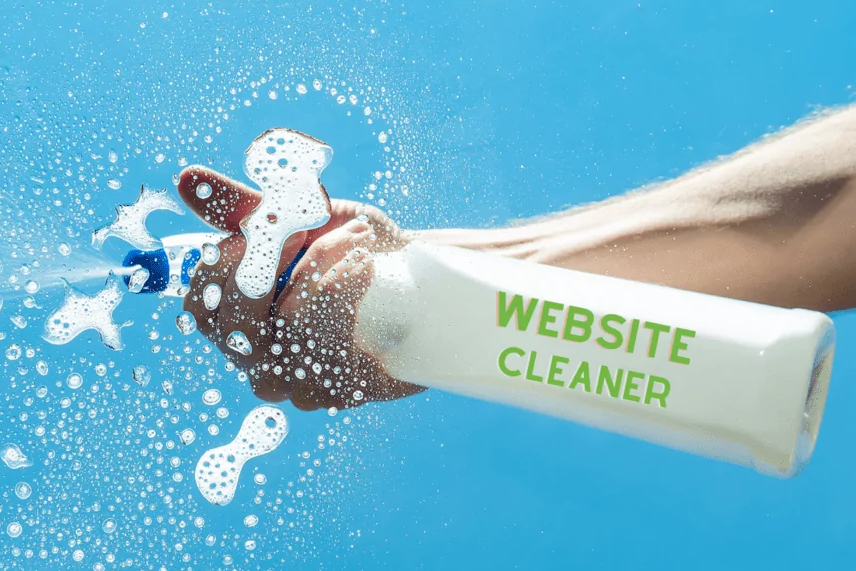- Address : P9FG+V4R, Shimutala, Matigara, Baniakhari
- /
- Email : splogos2022@gmail.com
- Home
- -Blogs Details
Blogs Details

- Oct 23,2023
- Admin
Tips for cleaning your own website
Cleaning your website is essential for maintaining performance, improving user experience, boosting SEO, and ensuring security. A well-maintained site not only loads faster but also keeps visitors engaged and helps your brand appear more professional. Here are some practical tips for cleaning your own website:
1. Audit and remove outdated content
Go through your blog posts, pages, and service sections to identify outdated or irrelevant information. Update useful content with current information, and delete or redirect pages that no longer serve a purpose.
2. Optimize images and media files
Large images can slow down your site. Compress images using tools like TinyPNG or Squoosh and convert them to next-gen formats like WebP. Remove unused media files from your media library.
3. Fix broken links
Broken links damage user experience and hurt SEO. Use tools like Screaming Frog or Broken Link Checker to identify and fix or remove dead links on your site.
4. Update plugins, themes, and CMS
Keeping your website software up to date ensures security and performance. Regularly check for updates and remove unused plugins or themes that could become vulnerabilities.
5. Clean your database
Over time, your site’s database can fill up with revisions, spam comments, and other unnecessary data. Use plugins like WP-Optimize (for WordPress) to safely clean and optimize your database.
6. Improve your site structure and navigation
Make sure your menus are clear, logical, and user-friendly. Remove duplicate pages or simplify the navigation to make content easier to find.
7. Review your SEO settings
Check your meta titles, descriptions, and URL structure. Use consistent, keyword-rich content and optimize on-page SEO for all key pages.
8. Check mobile responsiveness
Use tools like Google’s Mobile-Friendly Test to ensure your site looks and works well across different devices.
9. Test site speed
Analyze your website’s loading speed using tools like Google PageSpeed Insights or GTmetrix, and follow the recommendations to enhance performance.
10. Backup before making changes
Always create a full site backup before cleaning or making updates, so you can restore the site if anything goes wrong.
Regular website cleaning not only keeps things running smoothly but also shows visitors that your brand is active, credible, and trustworthy.




